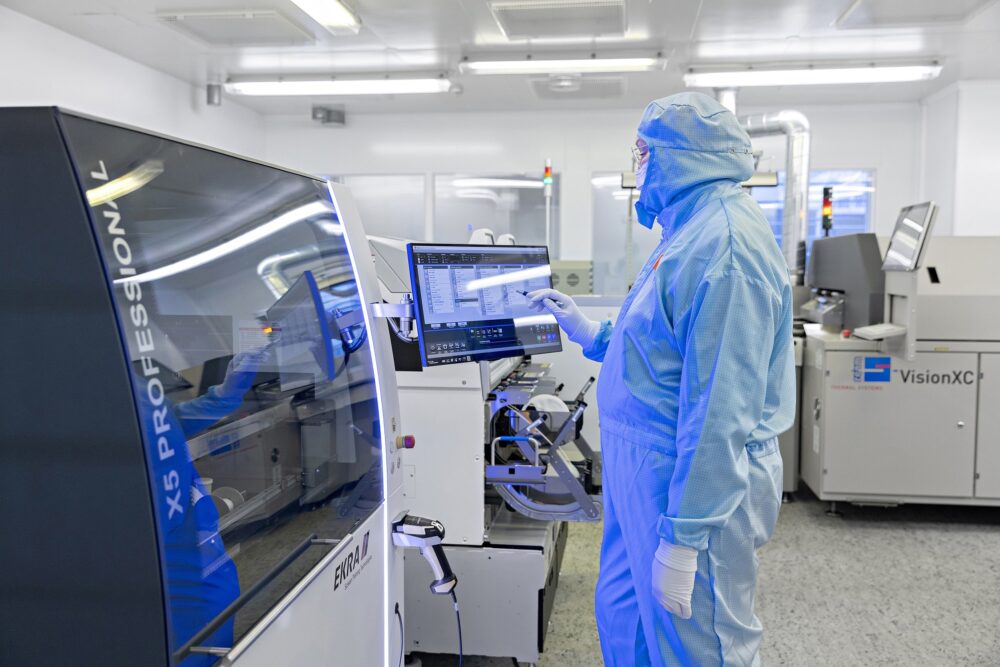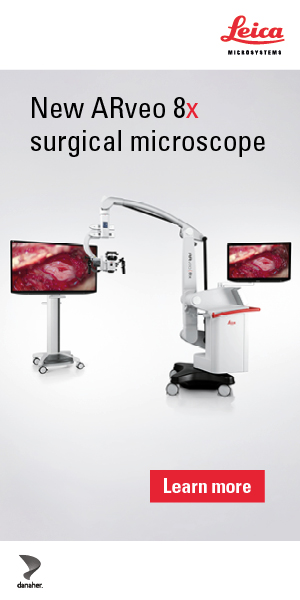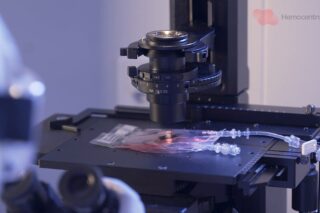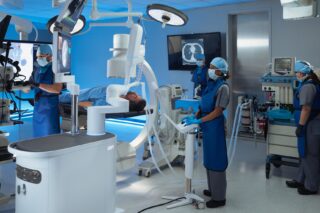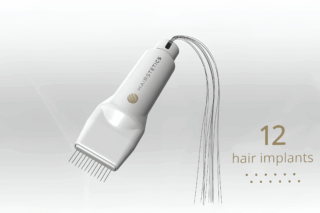Finland’s VTT Technical Research Center opened its new medical technology pilot line for non-invasive patient-friendly solutions, including devices for early cancer detection and remote heart disease.
Last month, VTT Technical Research Center of Finland announced its new pilot line for medical devices. Located in Oulu, the facility aims to accelerate the market entry of patient-friendly innovations. The pilot line began operating earlier this year and already coordinates with PhotonMed on a pilot manufacturing project with 39 participating organizations and a 32-million-euro budget.
PhotonMed works on the production of medical devices based on the latest photonics technologies and is one example of VTT’s goal to collaborate with medical device product companies and manufacturers. VTT also plans to collaborate with universities, research institutes, and healthcare organizations.
The Facility and Its New Line
Launched in 1940 during a time of war, VTT has established a rich history of transforming societal challenges into opportunities for growth through science, technology, and cooperation. The research institute’s portfolio transcends time by responding to current needs with thoughts of the future by providing a platform to experiment and enhance technologies.
This new line for medical devices takes the institute full circle, where it has already been engaged in technical research in various fields such as agriculture, electronics, military, construction, energy, infrastructure, information technology, and more. Known for developing Europe’s first wireless networks, VTT can now boast of its unique-to-Europe pilot environment that enables fluent R&D&I processes for novel technologies and prototype design.
VTT has invested EUR 3.4 million in the state-of-the-art cleanroom and manufacturing equipment for the pilot line environment. It enables the production of small and middle-sized prototype series consisting of the most advanced electronic, photonic, microelectronic, and microfluidic component and integration technologies. These enable the development of comfortable-to-wear, skin-like wearable sensors for continuous monitoring of cardiovascular diseases and microfluidics biochemical sensors for ultra-sensitive cancer diagnostics.
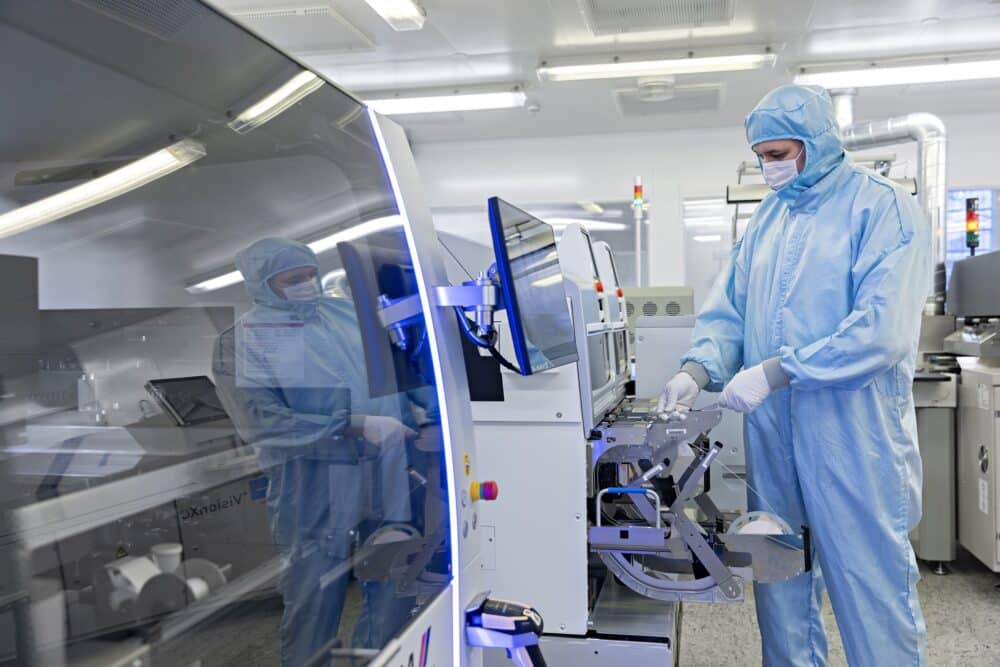
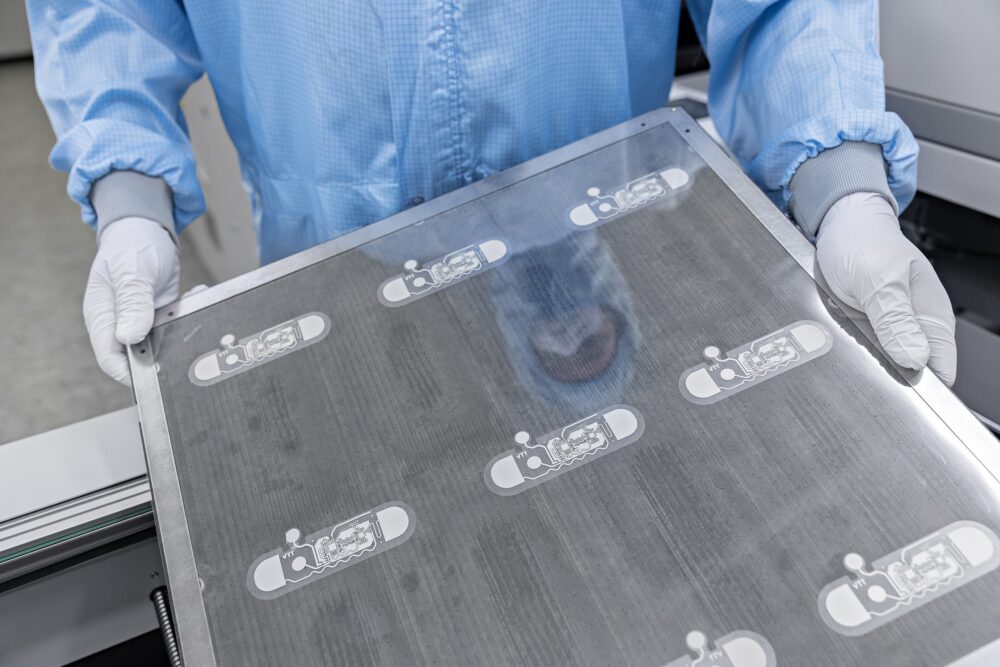
Wearable Sensors to Monitor Health and Disease in Real Time
The pilot environment provides the ability to produce early test devices that follow industry standards and regulations, with the added capability to also produce batches large enough for validation needs. This speeds up and reduces the cost of the process of transferring research innovations to the CE certification phase in Europe and the FDA process in the United States. Key focus areas for the pilot line include preventive monitoring of cardiovascular diseases, metabolic syndromes, and early cancer detection, as well as cancer recurrence. The new medical devices can, for example, continuously measure the glucose levels of patients with diabetes more comfortably or detect cancer at an early stage from the skin or on a molecular level, improving prognosis.
VTT’s Human Sensing Solutions sector develops and validates new sensors measuring human physiology, behavior, and cognition. The team here pre-processes, analyzes, and integrates sensor signals to model different biomarkers, enabling e.g., monitoring health and disease state in real time. Companies can partner with VTT to take projects from concept to market. Through this partnership, companies will receive research expertise and knowledge of the regulatory landscape. VTT provides access to experts in device design and health data analytics for wireless and wearable technologies, printed electronics, microfluidics, and point-of-care diagnostics.
Jussi Hiltunen, Research Professor, Sensing Solutions at VTT, provided us with a few examples of companies that have partnered with VTT’s Human Sensing Solutions sector: GE Healthcare and Polar.
“Wearable technology innovations can revolutionize patient monitoring and recovery. GE Healthcare is creating the next generation of patient monitoring with wearable sensors. In the future, lightweight, even printable technology could help in ensuring patients’ safety in recovery.”
Certain medical devices are currently in the works via the new pilot line. VTT is developing a device to track the pain and stress levels of patients after the operation. The method relies on wireless monitoring of ECG signal and tests are made by the University Hospital of Tampere. Also, sweat-sensing devices have been fabricated at VTT pilot line facilities for the testing by University of California – Berkeley. The recent findings, published in Nature Electronics, show that electrodermal activity can serve as a proxy for sweat rate monitoring during physical and mental activities.
PhotonMed: Accelerating Photonics Technologies in Medical Device Applications
Another important area for the pilot line is rapid diagnostics. A stretch goal for VTT is to help bring to market innovations that enable continuous and reliable measurement of the same precise parameters as blood tests without the need for lab visits or needles. It’s this need for medical applications in diagnostics and personalized monitoring that fuels the development of advanced photonics technologies.
Research work at PhotonMed focuses on new components, integration technologies, and new processes units for the pilot line fabrication of new medical devices. Through 16 ongoing pilot cases, PhotonMed is participating in redefining the industrial supply chain for such concepts by end-user companies by reducing the time-to-market.
“VTT coordinates the PhotonMed project with a 32M€ total budget and 39 partners. Together with the industrial partners VTT develops medical-grade fiber optic packaging for catheters, laser integration on wearable platforms to monitor dehydration, and disposable optofluidic organ-on-chip platforms for drug development.”
Technologies developed in PhotonMed will be appended also to the pilot line offering making them available to all companies outside PhotonMed via open access policy. The project aims to introduce 10 new photonics component technologies, 11 integration technologies, and 3 new assembly units for pilot line fabrication. The application domains are split into three categories: in vitro, in-vivo, and personalized monitoring.
Photonics-based innovations require the seamless integration of multiple sub-technologies in order to bring them from research to the clinic. Collaborations between companies can address such complex challenges. For example, the Biophotonics Group at Tyndall National Institute, through the PhotonMed initiative, is partnering with ficonTEC and Sanmina to accelerate the clinical translation of advanced photonics technologies for minimally invasive diagnostics and monitoring. Their innovations include multi-modal endoscopes for surgical guidance and a cutting-edge sensor platform for real-time hypoxia detection, aiming to enhance patient outcomes and revolutionize critical care and fetal monitoring.
VTT’s new pilot line can only contribute to the ever-growing field of research where reducing time-to-market has become crucial.
